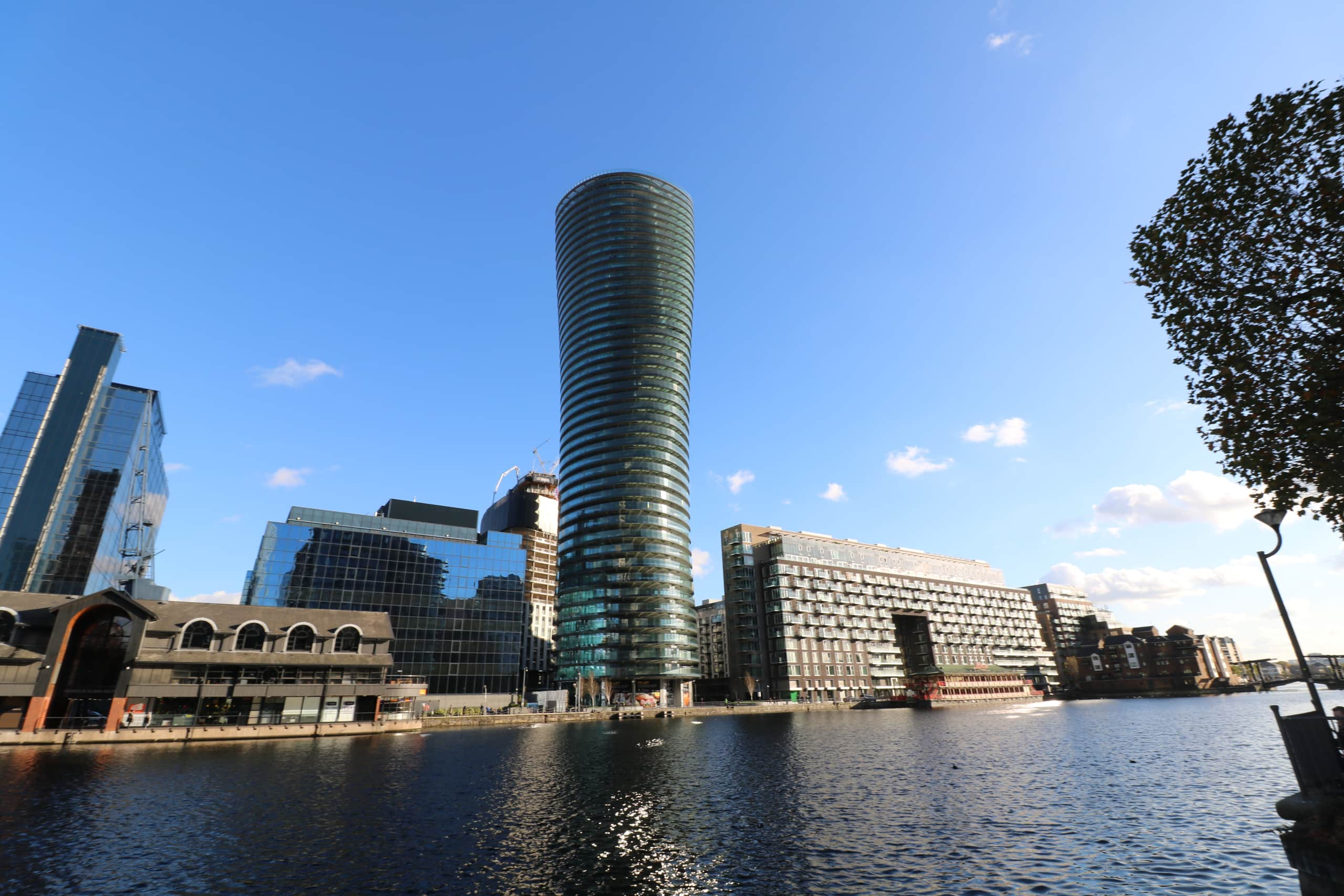Everything You Need to Know About PAS 9980:2022
PAS (publicly available specification) 9980:2022 is the latest guidance issued by the government in collaboration with the British Standards Institute (BSI). This code of practice guides fire risk appraisal and assessment of external wall construction and cladding of existing blocks of flats. It has been created to solve the confusion created by the Consolidated Advice Note that mentioned that multi-occupancy buildings of any height would require an EWS1 evaluation.
What are the objectives of the PAS 9980?
According to the PAS 9980, the following are the nine objectives mentioned in the guidance:
a) to provide fire engineers and other competent building professionals with a methodology for appraising and assessing the scope for, and risk from, the fire spread via external wall construction and cladding, such that the outcome can be used to inform a building’s FRA (Fire Risk Assessment);
b) to enable recipients of the FRAA (Fire Risk Appraisal and Assessment) to understand the process and methodology applied and to interpret the findings;
c) to assist non-fire specialists in reviewing an FRAA and understanding the risk of external fire spread in the context of the building’s fire strategy and fire safety arrangements;
d) to promote a better understanding of fire risks associated with external walls and the limitations of what can, and cannot, be achieved in any FRAA while ensuring conformity of new construction to the standards for new buildings;
e) to enable common relevant terminology to be adopted by those who carry out FRAAs;
f) to promote consistency in FRAAs, and to provide a pragmatic and risk-proportionate approach in an FRAA;
g) to establish a satisfactory basis for documentation of FRAAs;
h) to enable consistent training in carrying out an FRAA and thus facilitate more entrants into the profession of carrying out FRAAs;
i) to satisfy professional indemnity (PI) insurers, a national standard underpins consistency in carrying out FRAAs.
Who is the guidance in PAS 9980 meant for?
This latest guidance is used by fire engineers and other competent building professionals who are qualified for conducting fire risk appraisals and assessments. The code of practice also outlines various recommendations to ensure that the professional conducting the FRAEW (Fire Risk Assessments of External Walls) has the right qualifications to carry out such assessments. It also provides clear guidance for these qualified professionals performing the assessments and aims to promote consistency in the industry.
What guidance does the PAS 9980 give for balconies?
The PAS 9980 classifies balconies into three main categories:
a) those which are built entirely within the curtilage of the building structure;
b) those which project beyond the main building structure but do so on an extension of the floor slab;
c) those which project beyond the main building structure and are fixed to the outside face of the building.
It also states that irrespective of the category, every material used in the making of the balcony needs to be examined. Their role in external fire spread needs to be considered while conducting the FRAEW. A balcony with a high number of combustible materials used in its construction will be a major factor affecting the rating of the building as low risk, medium risk or high risk.
It further instructs that any combustible material like composite decking or timber in the decking systems of balconies will need replacement with non-combustible materials.
What approach does the PAS recommend for the FRAA?
The PAS 9980 introduces a five-step risk-based approach that guides the qualified personnel to identify and rate the various fire threats in buildings under the scope and provides guidance for improving the risk rating. Based on the fire risks, the building will be classified as either low, medium, or high.
What happens when a building is classified as high risk after the FRAEW rating?
Buildings categorised as high-risk will be provided with a list of actions needed to improve the fire performance of the external wall systems.
What will PAS 9980 mean for the building safety crisis?
The PAS 9980 was developed to guide the industry and reduce the number of buildings in scope for the EWS1 form. While the new document says that ‘multi-storey, multi-occupancy buildings fall within the scope, it contains no minimum height. This can lead to mortgage lenders and professional indemnity insurance providers resorting to the same practices as before, trapping leaseholders and building owners with no way out.
Where is the PAS 9980 applicable?
The PAS 9980 applies to buildings in England.
